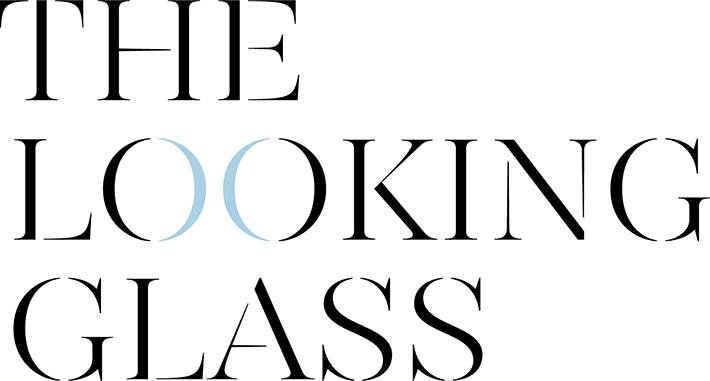Written by Lynda Vang
The Looking Glass is a portrait exhibition that opened on March 11. This exhibition includes works from the AGA collection, the exhibition features paintings, photographs and sculpture by artists since the 19th century such as Walker Evans, Joe Fafard, Käthe Kollwitz and Andy Warhol. We met up with curator Laura Ritchie for some insights into The Looking Glass.
“I'm always excited to look into our collection to see what stories can be told,” explains Laura. In talking about her thoughts during the initial planning and title of the exhibition, Laura adds, “I was really keen to explore some of the stories behind portraits in our collection and to see what we could learn from them about the artists or about the context of the works. The exhibition is entitled The Looking Glass because it alludes to the notion that portraits are reflective surfaces.”
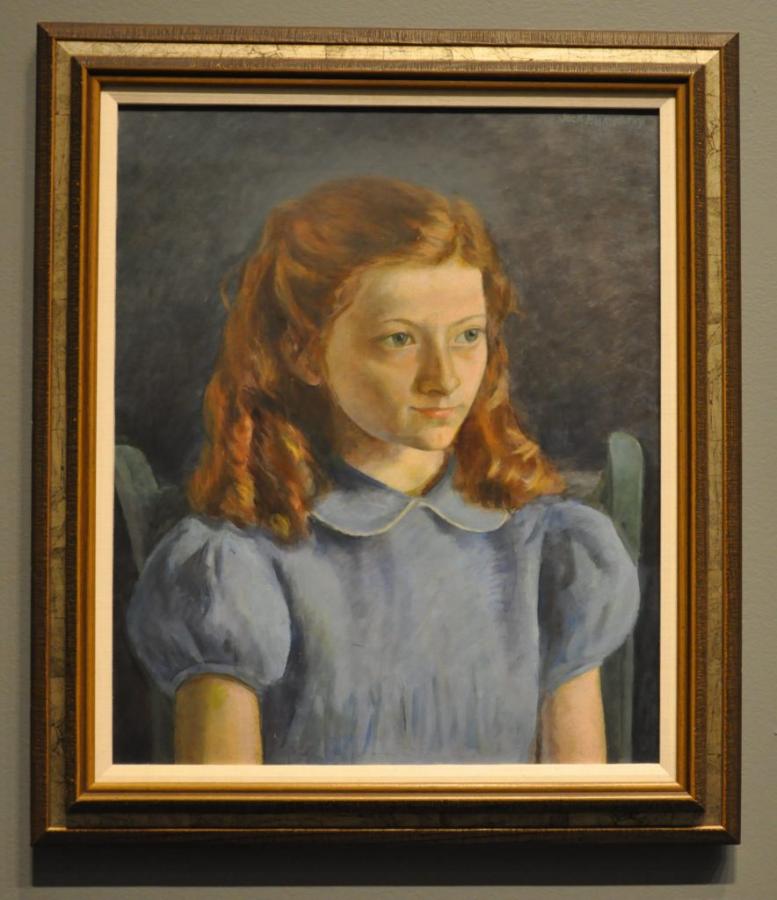
The exhibition is divided into distinct themes and sections. When we first enter we see more traditional portraits depicting familiar themes of family and children. In this section is one of the AGA’s oldest photographs: a very special autochrome by Hugo Viewegar from 1914. Because the work is sensitive to light, it sits in a custom light box behind a curtain.
The next section contains types of portraits that are still commonly used to elevate stature or status of politicians and celebrities. “We commonly associate portraiture with figures who have been popularized or promoted in some way,” Laura explains. One of the instantly recognizable faces in this section is that of Sir Winston Churchill. The photographic portrait of him by Yousaf Karsh is a traditional head shot that depicts the powerful Prime Minister in 1941, during the height of his power.
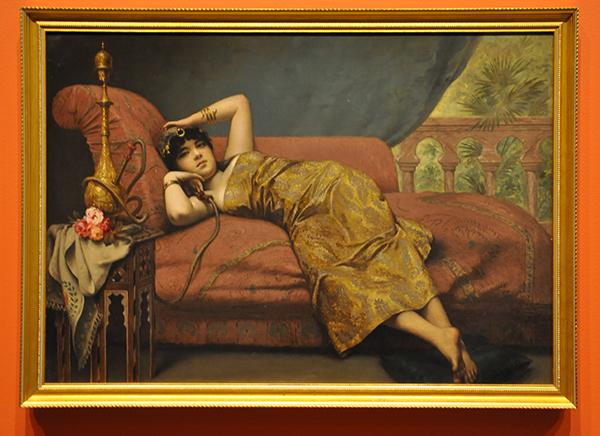
The next theme explores how the body is presented. As Laura explains, “There are certainly some challenging themes to look at when studying portraiture. One of those areas is thinking about the body, representations and gendered subjectivity—so we've dedicated a portion of the show to look at that; looking at the body in relationship to the clothed body, the nude body and certainly the representation of women's bodies.”
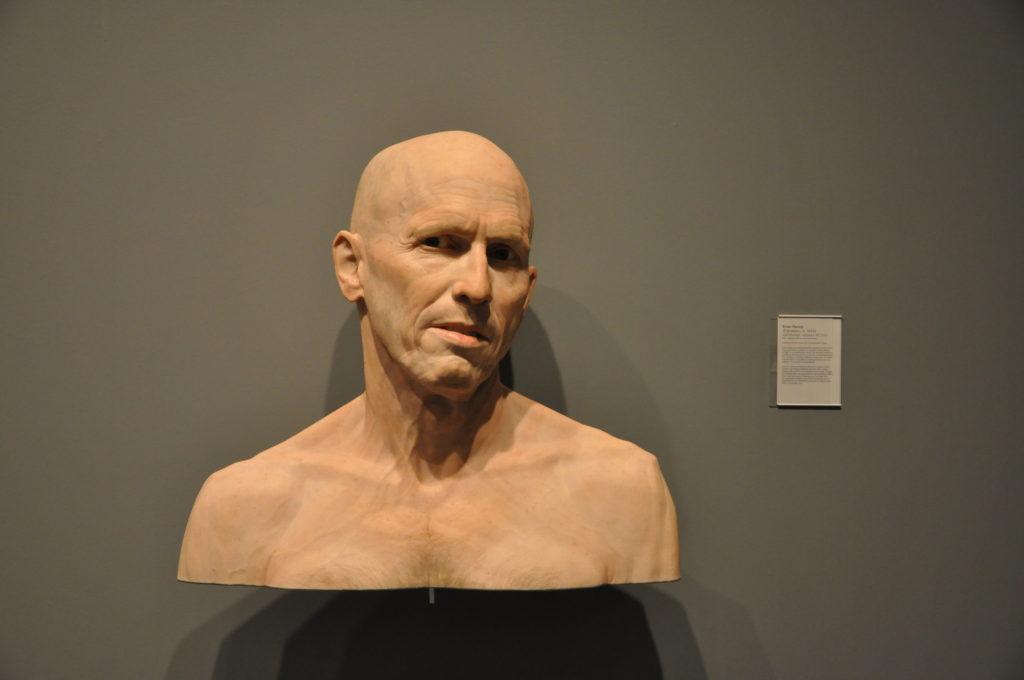
Self-portraits is the theme of the next section. Some would argue that selfies are the natural evolution of the self-portrait – as both involve people representing themselves in a particular way. “One of the things that I was really interested in was looking to find works that showcase the idea that one might not depict themselves as they look in the mirror,” Laura explains. The idea of self-representation is explored in various works such as hyper realistic sculptures by Evan Penny and abstract representations of self by Angela Inglis. The works in this section lead viewers to ponder: What did the artist mean when this is the way they chose to depict themselves? And is the selfie the newest type of this form of depiction?
The last section of The Looking Glass questions what it means to try to represent the “Other”. “This selection of works confronts the issues of power which can sometimes be at play when one perspective attempts to determine characteristic representation of another's,” Laura comments. “In attempts to ‘capture’ or ‘preserve’ ways of life foreign to them, photographers (sometimes portraitists) may, even if inadvertently, problematize representation insofar as they convey meaning on a subject that is not inherent to it; one ‘preserves’ a thing that is deteriorating or ‘captures’ a thing that needs to be contained—neither of which are respectfully applicable to cultures, occupations or ways of life.” This room addresses the politics of representation in terms of what the viewer can learn from the works that are created by an artist who is trying to capture or document a group of people, or place or culture that is not their own. As Laura explains, “This room provides a great opportunity to think about—and challenge ourselves with thinking through—the lens of a photographer and thinking about the context of who they are and why they choose these subjects.”
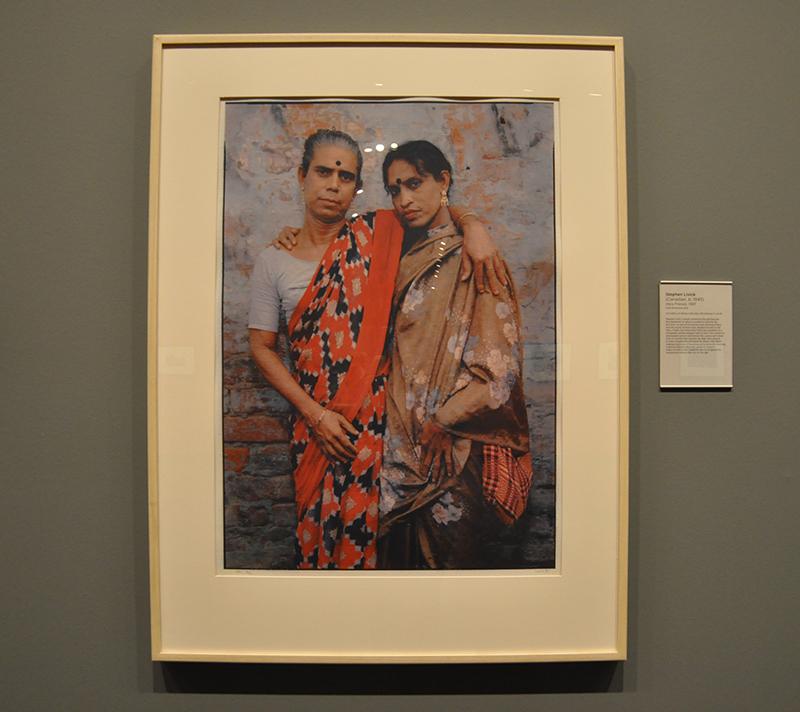
Noting that some of the images and approaches around representation may be controversial, Laura asserts that one way to address these concerns is to approach them directly. “While some of the approaches of recording or documenting cultures are problematic it’s important we address and confront that—and that we look at it, talk about it and question it. A show like this and images like these give us an opportunity to question: Where did they come from? Why? What can we learn from them? What do we think now about those perspectives and how they have changed?”
Explore the world of portraiture and step inside The Looking Glass and be sure to take your own selfie at the designated selfie stops in the exhibition. The exhibition runs from March 11–May 28.
Organized by the Art Gallery of Alberta. Curated by Laura Ritchie. Presented by Capital Powered Art, an exhibition series sponsored by Capital Power Corporation.
![]()








